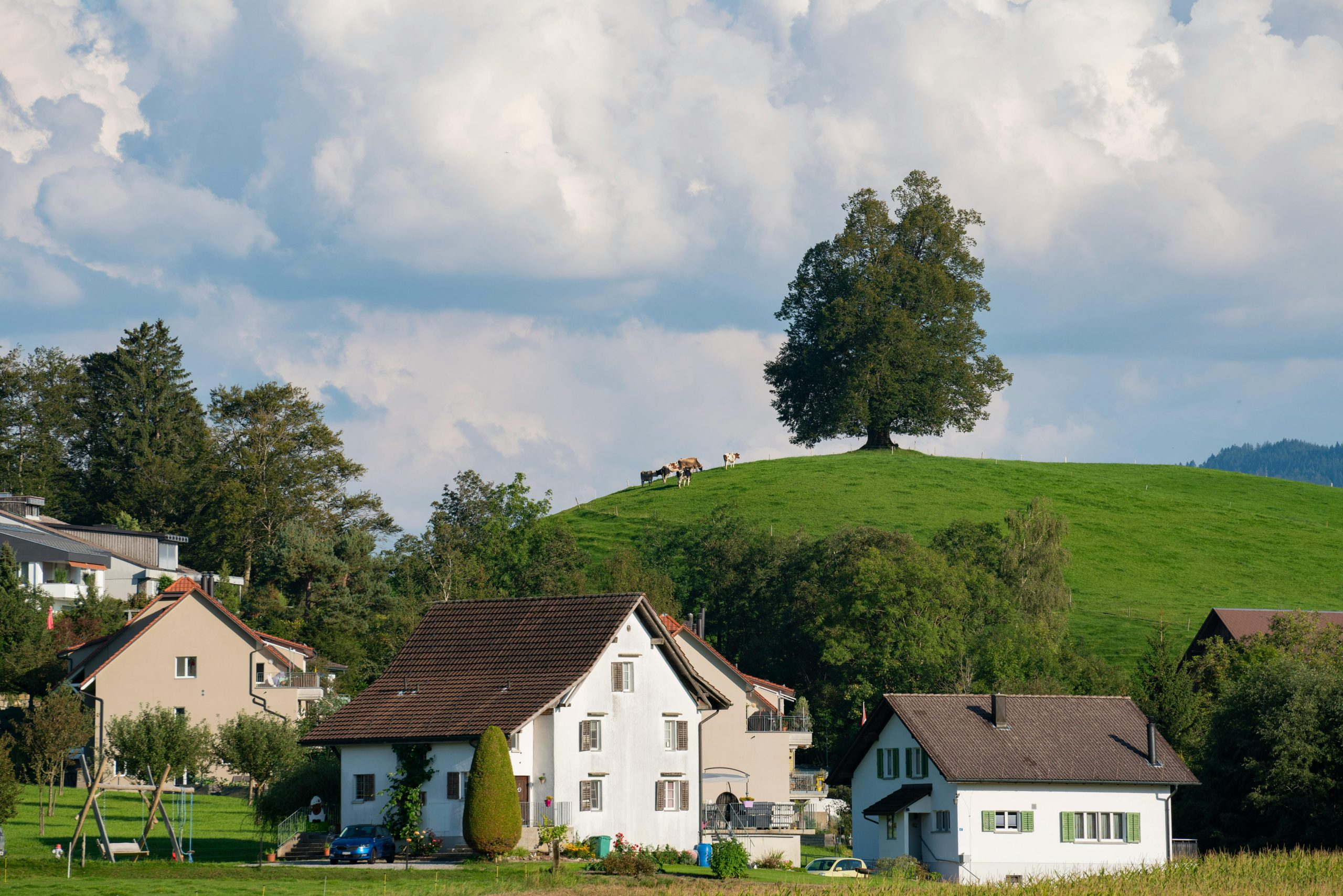Beyond the city limits: exploring suburban and rural living
Living in the city can be exciting and fast-paced, with endless opportunities at your fingertips. But sometimes, the hustle and bustle of city life can become overwhelming. Many people are looking for a change of scenery, away from the crowds and noise of the city. That’s where suburban and rural living come into play. These less explored areas offer a different lifestyle and a chance to connect with nature and community. Let’s delve into the world of suburban and rural living and discover the benefits and challenges of leaving the city behind.
What is Suburban Living?
Suburban living refers to areas just outside of the city limits, usually within commuting distance. Suburbs are known for their quiet, family-friendly neighborhoods with houses, yards, and sidewalks. They often have amenities such as shopping centers, schools, and parks, making it an attractive option for families and those who enjoy a slower pace of life.
The Pros of Suburban Living
One of the main advantages of living in a suburb is the lower cost of living. Houses and apartments in the suburbs are generally more affordable than in the city. This means you can get more for your money, whether that’s a larger home or more outdoor space.
Another benefit of suburban living is the sense of community. People in suburbs tend to know their neighbors and participate in local events and activities. This creates a tight-knit community feel, where everyone looks out for each other. The smaller size of suburban neighborhoods also means less traffic and noise, making it a peaceful place to live.
For families, the quality of schools is often a driving factor in choosing the suburbs. Suburbs are known for having excellent schools with smaller class sizes, more resources, and safer environments. This is a major draw for families who want the best education for their children.
The Cons of Suburban Living
While suburban living has its advantages, it also has its downsides. One of the main drawbacks is the need for a car. Unlike the city, where public transportation is readily available, suburbs often have limited public transportation options. This means you will need a car to get around, which can be expensive.
Suburbs also lack the diversity and cultural opportunities that cities offer. With fewer people and a more homogenous population, there may be limited access to different cuisines, arts and entertainment, and cultural events. This can lead to a lack of diversity and cultural understanding.
Finally, suburban living may also feel isolating for some individuals. With fewer people and a slower pace of life, it can be challenging to meet new people and make friends. This can be especially true for adults without children or those working from home. The lack of walkability and community spaces can also contribute to feelings of isolation.
What is Rural Living?
Rural living takes suburban living a step further, immersing individuals and families in a completely different lifestyle. Rural areas are often characterized by open spaces, agriculture, and small communities. While there are various types of rural areas, such as farmland or mountainside towns, they all offer a peaceful escape from the city.
The Pros of Rural Living
The most apparent advantage of rural living is the beautiful surroundings and connection to nature. Away from the city lights and noise, rural areas offer breathtaking landscapes and an opportunity to slow down and appreciate the world around us. This is especially appealing to those who enjoy outdoor activities such as hiking, gardening, or farming.
Rural living is also much more affordable than residing in the city or suburbs. The cost of living in rural areas is significantly lower, making it an attractive option for those looking to save money or live a simpler lifestyle. With more affordable housing, individuals and families can live more comfortably and save for the future.
Another advantage of rural living is the strong sense of community. With smaller populations and a slower pace of life, individuals tend to know and support their neighbors. This creates a close-knit community feel with a tight bond between residents.
The Cons of Rural Living
While rural living offers a peaceful and idyllic lifestyle, it also comes with its challenges. One of the main drawbacks is the lack of amenities and services. Living in a small, remote community means fewer options for shopping, dining, and entertainment. This can be challenging, especially for those used to the convenience and variety of the city.
Furthermore, rural living also means limited job opportunities. With fewer businesses and industries, finding employment may be more difficult. This can be a significant disadvantage for those who need access to specific jobs or have specialized skills.
Finally, rural living may feel isolating for some individuals. Living in a small community means there are fewer people around, which can make it challenging to meet new people and make friends. Additionally, the lack of diversity and cultural opportunities may contribute to feelings of isolation and boredom.
The Verdict
Beyond the city limits, suburban and rural living offer unique lifestyles and a chance to escape the chaos of city life. Each option comes with its set of benefits and challenges, and ultimately it comes down to personal preferences and priorities. Whether you crave a sense of community, peaceful surroundings, or more affordable living, suburban and rural living are excellent options to consider. So, are you ready to explore life beyond the city limits?










